Comments from the Chair
Executive committee
I wish to welcome our 2017 ExCom: Alan Montemayor, Dave Wells, Darby Riley, Russel Smith, Lili Gonzalez, Karen Weehler, Wendell Fuqua, Enrique Valdivia and myself. Gay Wright has stepped down but will remain active. I greatly appreciate all she does for SC.
Politics
I write on 1/25/17, and so far executive orders have been issued to restart Keystone XL pipeline, move Dakota Access pipeline forward, and prevent any communication with the press from EPA, Interior etc. CDC canceled a long scheduled Climate Change conference, and all mention of that subject has been removed from White House and other websites. Cabinet nominations in progress for approval range from the totally unqualified (e.g. Rick Perry for Dept of Energy) to the totally hostile (Scott Pruitt for EPA).
Efforts are already underway to “open up” hundreds of millions of acres of federal lands to industrial development, and/or to sell or turn much of these lands to the States. Americans of all parts of the country can expect much reduced public access to these lands if they are sold or turned to state control.
Locally, we have three major mayoral candidates announced, and several competitive Council Districts already announced. The Alamo SC is meeting regularly to vet candidates, come to endorsement recommendations and start campaign work to help candidates friendly to our local environment to get elected. We need to take our city back from developer control.
Planning Commission
The San Antonio City Council went ahead and filled new pro-developer appointments despite receiving pushback from us and others. This Commission will not change until the Mayor changes.
CoSA bond issues
In January, City Council approved a May 2017 ballot initiative for over $800 million in city bond debt. One-hundred and forty million dollars will go towards stormwater and flood control projects. Virtually all of these projects carry on our long history of digging cement ditches and culverts to carry away “excess” rainwater as soon as possible.
SAWS
The $3 billion Vista Ridge pipeline to bring sprawl-promoting water to SA will be an important election issue this spring. Mayoral Candidate Manuel Medina has declared his opposition, in contrast to Mayor Taylor’s support, and Candidate Nirenberg’s nuanced position.
SAWS water rates for former Bexar Met customers have gone up about 7% as of January 1, and are now in line with what other customers pay. We all face several years of substantial rate increases to pay for Vista Ridge.
Energy
CPS continues to be a leader in energy efficiency and renewable energy use and we very much appreciate a good respectful working relationship with them.
Air quality
CPS has done much to improve our air. San Antonio and our Alamo Area Council of Governments (AACOG) need to do much more to improve our air, but with recent federal changes are tempted to sit back and do nothing, hoping that pending rules are relaxed and we won’t have to improve our air. Our health, however, demands we improve our air regardless!
by Terry Burns, M.D., Alamo Group Chair
Engaging in the 85th Session of the Texas Legislature
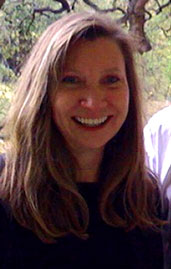
This month, our General Meeting speaker is Annalisa Peace, Director of the Greater Edwards Aquifer Alliance (GEAA).
Tuesday, February 21st
6:30 p.m.
William R. Sinkin Eco Centro, 1802 North Main Avenue
Map
Ms. Peace will be speaking with us about the 85th Texas legislative session. Come learn what bills are likely to be on the table-- good bills that would support protecting our waterways and bad bills that could harm our natural resources. This talk is very well timed as the 2017 Texas legislative session is underway.
A Great Place to Visit Winters!
Death Valley National Park has grand vistas, great hikes and long drives through dunes, canyons carved and polished by eons of flash floods, vast alluvial plains and high peaks. And historic settlements, mines and mineral refining works. This is the largest protected area in the continental US at 3.4 million acres, of which 95% is classified as wilderness.
Badwater, in the middle of a vast alkali salt flat 282' below sea level, south of Furnace Creek which is near the center of the park, is the lowest elevation in the continental US. Telescope Peak in the Panamint Range, the highest peak in the park at 11,049', is 16 miles west-southwest of Badwater. The record high temperature in the US is 134 degrees Fahrenheit at Furnace Creek. Here's the park website, the 2017 Winter/Spring Visitor Guide, and the Wikipedia page.
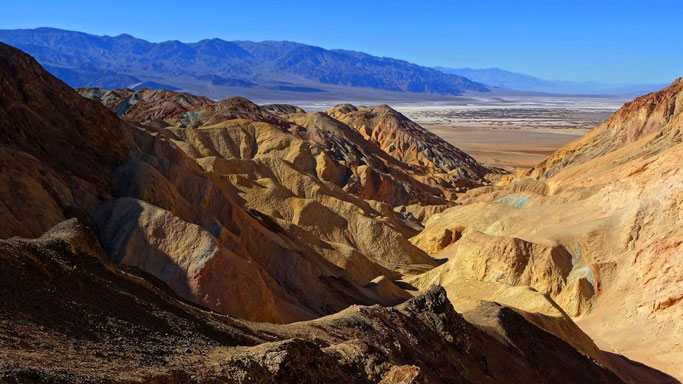
The picture below is of a typical bajada in Death Valley. Bajadas are converged alluvial plains resulting from erosion of a mountain range. These mountains are the north end of the Panamints. A sign near this spot says some of the best examples of bajadas in the world are in Death Valley.
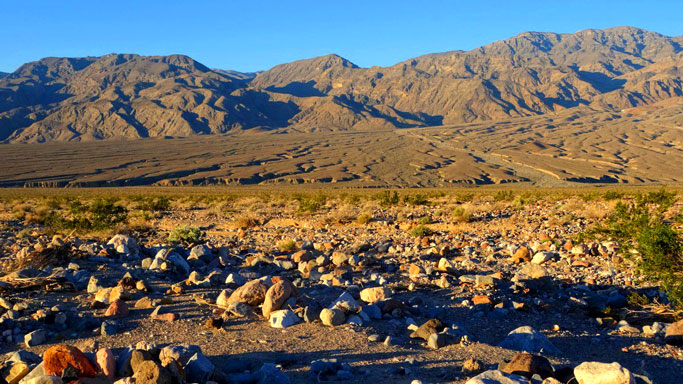
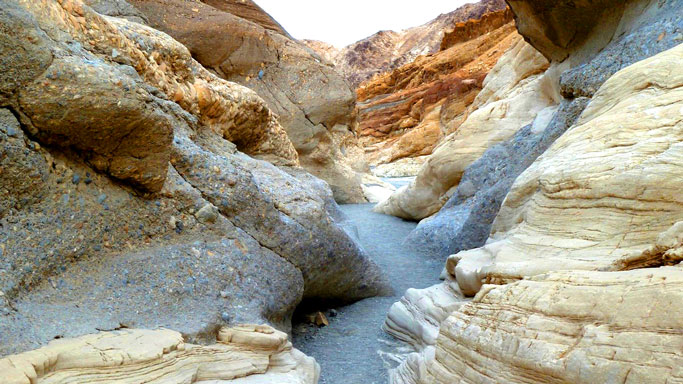
The picture below is of Ubebe Crater, a maar caldera (resulting from eruption of steam, not magma) in a field of many overlapping such calderas. I counted traces of twelve other calderas scattered around Ubebe and Little Hebe; the latter is only 300 years old and nearby. There are easy hikes around the area including around these two calderas.
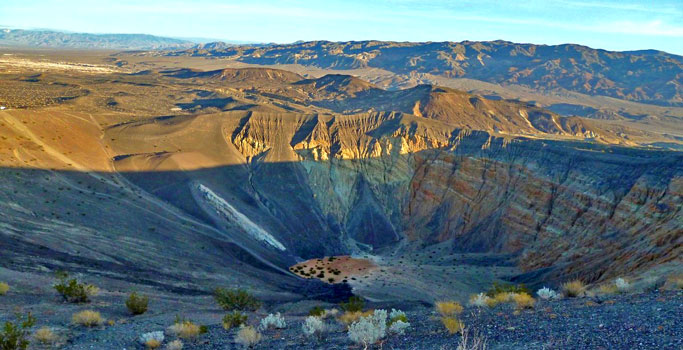
Visiting
Be sure to check the alerts and conditions page; some roads and facilities are closed at one time or another. There were major flash floods in October 2015. Due to the resulting severe damage Scotty's Castle is closed till 2019, and the roads in from the Shoshone and Scotty's Castle entrances were closed till recently.
There are a bunch of campgrounds, one reservable. Some are closed in summer, some in winter. Those near Furnace Creek may fill up, best to get there morning.
Here are the park web pages for maps, hiking, backcountry camping and backcountry roads. Some of the backcountry roads are serious 4WD and may be impassable after a storm, and may be very infrequently used. Even on the improved roads it would be best to have plenty of water, food, and equipment to keep you warm and dry possibly for days, in the event of a breakdown. If you are venturing off the paved roads it is be advisable to have emergency equipment for your vehicle and maybe a full size spare wheel.
Want a real challenge?
The Badwater Ultramarathon goes from Badwater to Whitney Portal, the latter being the Mt. Whitney trailhead in King's Canyon National Park to the west of Death Valley. That's 135 miles climbing from -282' to 8360'. As the crow flies this is 80 miles. As the route crosses two mountain ranges the actual elevation gain is over 19,000'. The event was orginally conceived as going from the highest to lowest elevations in the continental US (Whitney is 14,505'), but was mercifully shortened slightly as the environment on Whitney certainly could not handle the impact of any number of participants. I've walked out to Badwater, and did a lovely November hike from Whitney Portal to Lone Pine Lake after a blizzard, but certainly will not be seen doing this event!
Additional info
About the park in general with good pics: National Park Foundation. More general info at National Geographic. Here's another list of hikes with map. AmericanSouthwest.net and BirdandHike.com are extremely useful for many southwestern parks; we really appreciate the work people have put into these websites.
Re. podcasts. I Googled “podcast Death Valley” and found a large pile, many with pictures and text. For example, these at blogtalkradio.com, npr.org, tamelarich.com.
by Kevin Hartley, Alamo Group Outings leader
Poetry for the Earth
Backyard Easter Song
Peach tree limbs turn pink.
Live oaks’ bright new shoots
make last year’s leaves rain.
Infant wonder in
granddaughter’s dark eyes!
The loss sad and deep
of those we have loved.
Mother would say be
grateful anyway.
Cry for the evil
we all do. Pray for
the power to stop it.
Plant vegetables now.
My God, a monarch lands
on leaves just feet away!
Flapping its sacred wings
as it rests in the breeze.
written March, 2016 by Darby Riley, Executive Committee member
VIA Introduces Process for Selecting Transit Routes and Modes
At the VIA Board Meeting on Tuesday, January 24, 2017, Strategic Planner Jason Rodriguez discussed a plan to bring Light Rail Transit (LRT) and/or Bus Rapid Transit (BRT) to the city. In March or April, VIA will be publicly presenting four dedicated lanes for LRT and BRT. There will be a process to select which routes will be BRT dedicated lanes and which will be LRT dedicated. Some corridors are very wide and can accommodate existing traffic as well as dedicated lanes.
The corridors are downtown to the medical center. These lines may be continued further out in the future. There will be a line running north on San Pedro from downtown, taking what looked like a right turn to the airport. Another line was to Brooks City Base from downtown. A fourth line looked like it went West Commerce to the Lackland area from downtown.
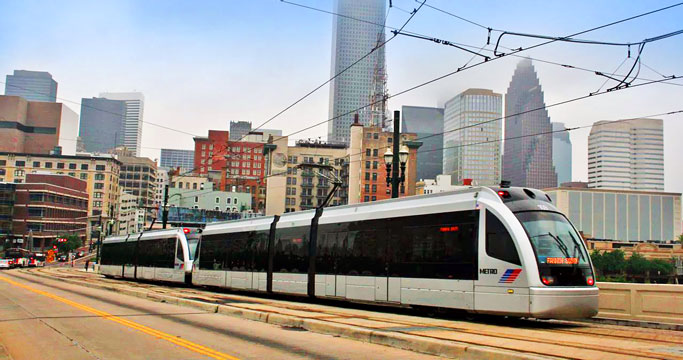
There was a discussion of the process timeline. There will be a second series of public meetings starting in June where the routes will be fleshed out in more detail. This will, I believe, be where station stops are considered. In September, there will be discussions about which are the preferred routes and modes. In October, the preferred alternatives and cost estimates come in. Then in April 2018, the capital program is laid out with one or possibly two projects advanced.
By July, one would have a pretty good idea of LRT and BRT and what they do. They are for everyone to ride, and other (bus) routes will be aligned to drop people at the LRT or BRT lines for better connectivity. Reliability and quick access to jobs, educational facilities, and more, are the big benefits.
VIA staff oversees the consultants. Jeff Arndt, the CEO of VIA, oversaw the installation of the LRT line in Houston before he came to San Antonio.
This is wonderful news. Attend meetings, become engaged, and read about the progress. It seems as if there may be efficient and fast ways to get around in the not too distant future.
For info on Houston's LRT, go here.
by Barbara McMillin, Transportation Chair
CPS Energy Presentation at January Meeting
Sierra Club members and other interested attendees enjoyed a very interesting and informative discussion with two CPS representatives at the January General Meeting at Eco Centro. Todd Horsman, Senior Director of Strategy and Product Development, and Kim Stoker, Senior Director of Environmental and Sustainability, made an interactive and fascinating presentation to a large and intellectually engaged audience.
Editor's note: You can view a pdf of their PowerPoint presentation here.
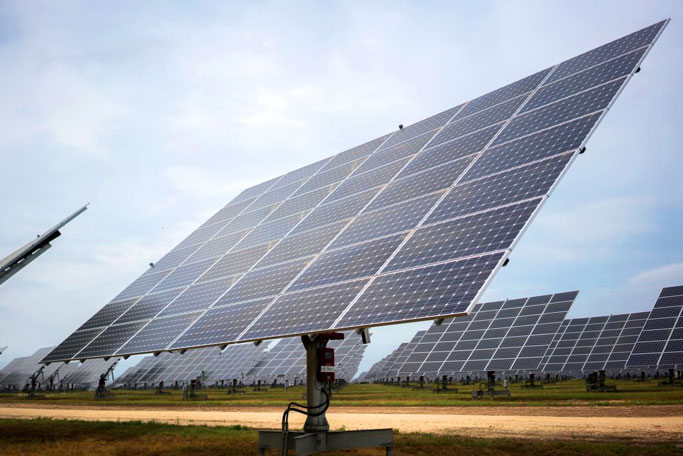
Photo by Kathryn Boyd-Batstone for the Rivard Report.
Mr. Horsman described the strategy used by CPS to transition “from a company that is highly dependent on traditional generation power sources to a company that provides competitively priced power based on a diverse generation portfolio.” That strategy includes diversification of generation sources, purchasing clean power generated by wind and solar, switching to combined cycle natural gas plants, and encouraging greater end use efficiency. As a result of this strategy, CPS increased natural gas, wind, and solar generating capacity from 18% to 41% of its total electric generating capacity between 2010 and 2015. CPS energy is considered to be a state and national leader in solar PV installed capacity and currently generates 11% of its electric energy from wind and solar.
Ms. Stoker showed that the increased use of wind and solar by CPS Energy has produced substantial water savings through reduced need for cooling of thermal electric plants. Furthermore, CPS Energy has decreased its emission of nitrogen oxides, sulfur dioxide, and particulates over the last decade.
This stimulating combined presentation indicated that CPS energy is a progressive utility with strategic plans to increase electricity generation from renewable energy sources.
by Fred Loxsom, Conservation Committee member

Outings: The Call of the Wild
Visit the Alamo Sierra Club Outings page on Meetup for detailed information about all of our upcoming Sierra Club Outings.
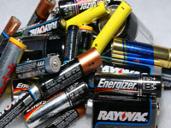
Bring Your Used Batteries to the General Meeting
Don’t throw those small batteries in the trash bin where they will end up in our landfills. Bring them to the monthly general meetings where we will have a container for you to place them in. Thanks to Gay Wright for coordinating this recycling effort.
The Alamo Sierran Newsletter
Richard Alles, Editor
Published by The Alamo Group of the Sierra Club, P.O. Box 6443, San Antonio, TX 78209, AlamoSierraClub.org.
The Alamo Group is one of 13 regional groups within the Lone Star (Texas) Chapter of the Sierra Club.
Keep your email address current!
Send updates to Loyd Cortez, providing your name, address and membership number (if known).
Changed your mailing address?
Have you moved? Let us know by sending your old address, your new address and your member number (look on the upper left corner of your mailing label) to: address.changes@sierraclub.org.